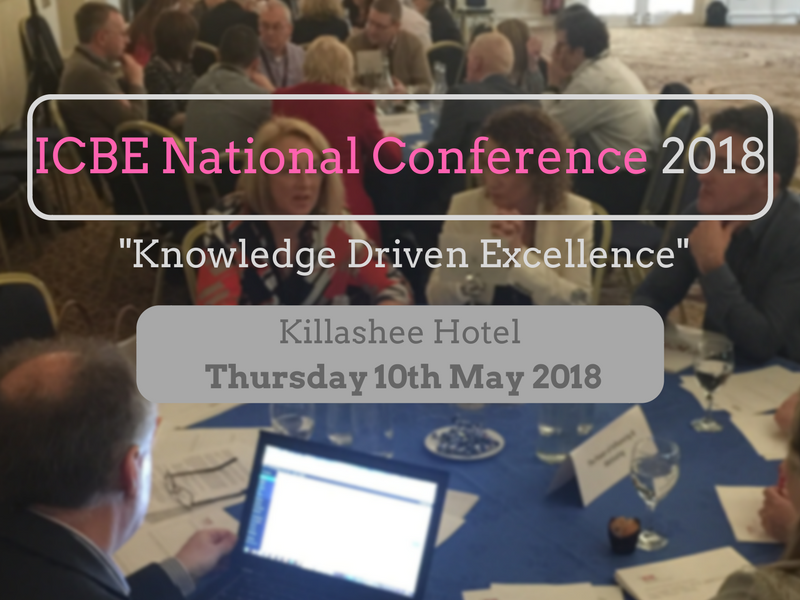What is the impact of new technologies?
- Worry that the role of employees will be replaced is a major factor.
- Uncertainty in relation to the protection of IP address.
- Change in the skillset required for employees eg. for engineers etc….
Some positives for the advances
- Ergonomics and Safety.
- Quicker production of products and improved quality.
- Faster detection of failure.
Negatives include
- Making the world too quick too fast.
- Lead to a lazy brain.
- Society separation.
Generational changes – younger generation will solve problems using technology which can be positive or negative as this allows them to investigate more difficult problems or issues once they use technology to get the answers or results.
Automated equipment is being used to make good decisions.
It is being heavy regulated so this is a barrier in trying to utilise the equipment fully and to its capacity.
Keeping up with regulations is costly. Seems to be an issue around our table and a challenge as there is a gap in what is required from the regulatory body and the information companies have on the technology.
